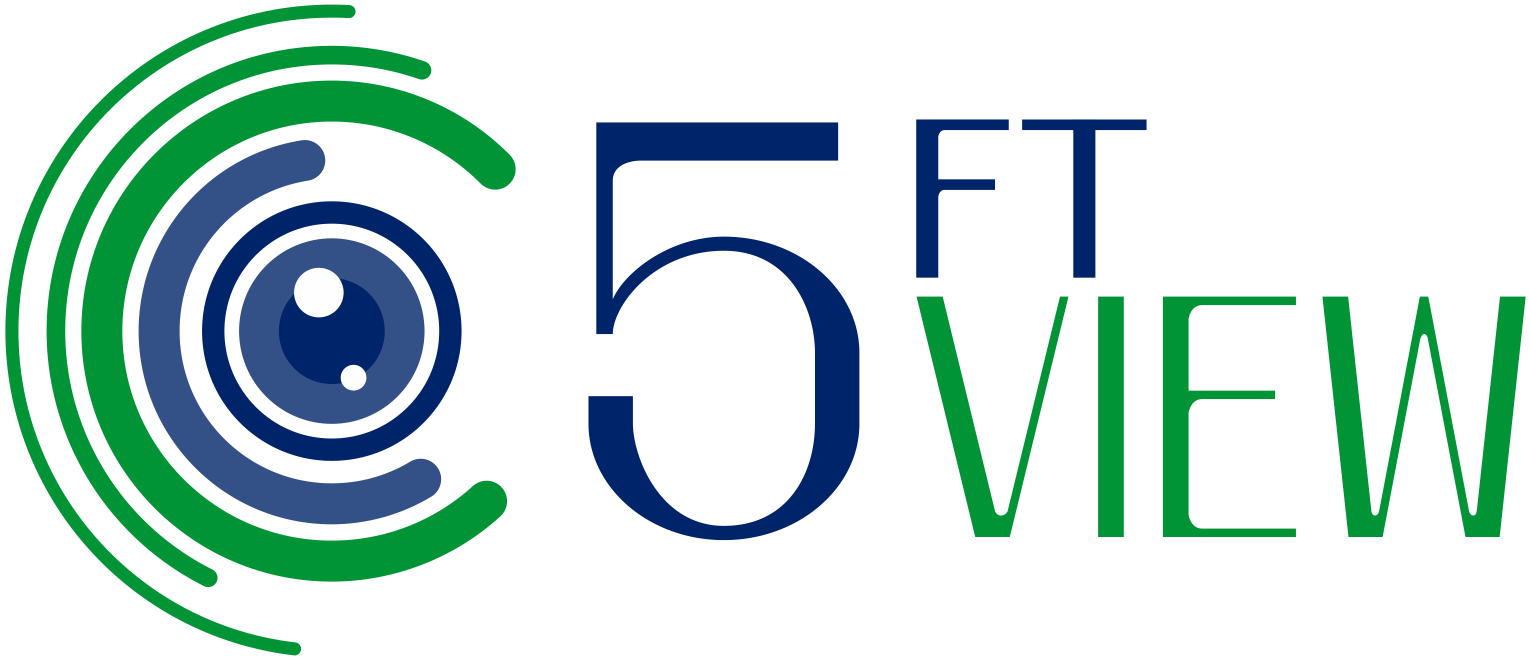Hiring the right person for your small business is crucial. A bad hire can cost you money, time, productivity, and team morale. In this blog, we will explore the key factors to consider when hiring to ensure you find the perfect fit for your team.
The True Cost of a Bad Hire
Have you ever made a hiring decision that didn’t work out? If so, you know how costly it can be. A bad hire can drain your resources, lower productivity, and even damage your company’s culture and morale. This is why hiring the right person is so important. Let’s review the critical factors to help you make better hiring decisions.
Key Factors for Successful Hiring
1. Perspective
Every candidate brings a unique perspective shaped by their experiences, beliefs, and worldview. It’s important to look for individuals who offer fresh viewpoints and can see opportunities and challenges. While it’s great to have team members who are accountable and results-driven, avoid hiring people who all think the same way. Diversity in perspectives can drive innovation and creativity within your team.
REFLECTION: Does your application and interview process unknowingly eliminate individuals from applying because of digital accessibility blockers?
2. Value Alignment (Sometimes called Culture Fit)
Hiring individuals with similar values is essential, but it’s a balancing act. You want team members who align with your company’s values and culture without creating a homogeneous team. Diversity in backgrounds and thought processes can strengthen your team, provided everyone shares your business’s core values and vision. Look for people who will feel comfortable and communicate well with the existing team but also bring something new to the table. Be cautious about using “fit.” Sometimes, attempts to align culture fit instead of values lead to unconscious bias and a homogenous workforce.
REFLECTION: As your company grows, you need fresh perspectives, ideas, and individuals from different backgrounds and ages. This allows your company to gain a holistic view of all types of individuals to serve your customers best.
3. Relationship Aptitudes
Work isn’t just about individual contributions but collaboration and teamwork. Candidates who value building strong working relationships are often more successful and happier. Reflect on your past hires: those who struggled likely had issues with workplace relationships. Prioritize candidates who understand the importance of teamwork and are keen to contribute to a positive work environment. Combining each person’s skills and abilities to achieve a common goal leads to more success than individual contributions.
REFLECTION: When you interview, does your candidate discuss “I” or “we?”
4. Adaptability
In today’s fast-paced world, adaptability is key. The ideal candidate should be open to change and thrive in a dynamic work environment. Look for signs that the person can pivot and adjust as your business evolves. Adaptable employees are invaluable, especially in small businesses where roles and responsibilities change rapidly.
REFLECTION: If your company is in start-up mode, where you are changing the tires of the race car as it goes around the track, it’s important to understand a candidate’s appetite for change. Ask open-ended questions about circumstances they participated in quickly evolving and how they felt or handled those situations.
5. Potential
While hiring based on a candidate’s current skills and experience is tempting, focusing on potential can lead to long-term success. Look for individuals who are eager to grow, learn, and take on new challenges. These people will evolve with your business and drive future success. The potential is harder to measure than skills but often more important.
REFLECTION: Would you rather hire a more experienced person who is inflexible and set in their ways or a less experienced person who is willing to support the goals and objectives with an open mind?
What to Look For Beyond the Resume
Getting caught up in candidates’ educational backgrounds, job skills, and past experiences is easy when evaluating candidates. However, while important, these factors should not overshadow the intangibles that can define the most successful team members. Here are a few things to consider:
Passion and Enthusiasm: Does the candidate show excitement for the role and your company?
Goals and Aspirations: What are their long-term goals? Are they aligned with your business’s growth? Can your organizational structure meet their needs and expectations? If your candidate says their goal is to be a Director in two years and you know that is unlikely, be honest, or you’ll be looking to fill the position again in two years.
Interpersonal Skills: How well do they communicate and interact with others?
Implementing an Effective Hiring Strategy
To make the best hiring decisions, incorporate these factors into your hiring process:
Create a Balanced Job Description: Highlight the required skills and experience, essential duties, values, and growth potential.
Use Behavioral Interview Questions: Ask questions about how candidates handle change, build relationships, and view their potential.
Assess Ethical Values: Evaluate whether the candidate’s values align with your company’s culture without compromising diversity.
Look for Intangibles: During interviews, consider the candidate’s enthusiasm, communication style, and long-term vision.
By focusing on these critical factors, you can avoid the pitfalls of bad hires and build a team that fits your current needs and drives future success.
Remember, hiring is not just about filling a position. It’s about finding the right person to grow with your business, contribute positively to your team, and help you achieve your long-term goals. Prioritize perspective, values alignment, relationship aptitudes, adaptability, and potential to make the best hiring decisions for your small business.
Remember, per LinkedIn Learning Hub, teams with diversity make better decisions 87% of the time, and inclusive teams are 35% more productive.
To learn more about inclusivity in the workplace, see our book Dark and Silent Office: A Digital Accessibility Guidebook for Inclusive Communication in the Workplace, now available on Amazon.



